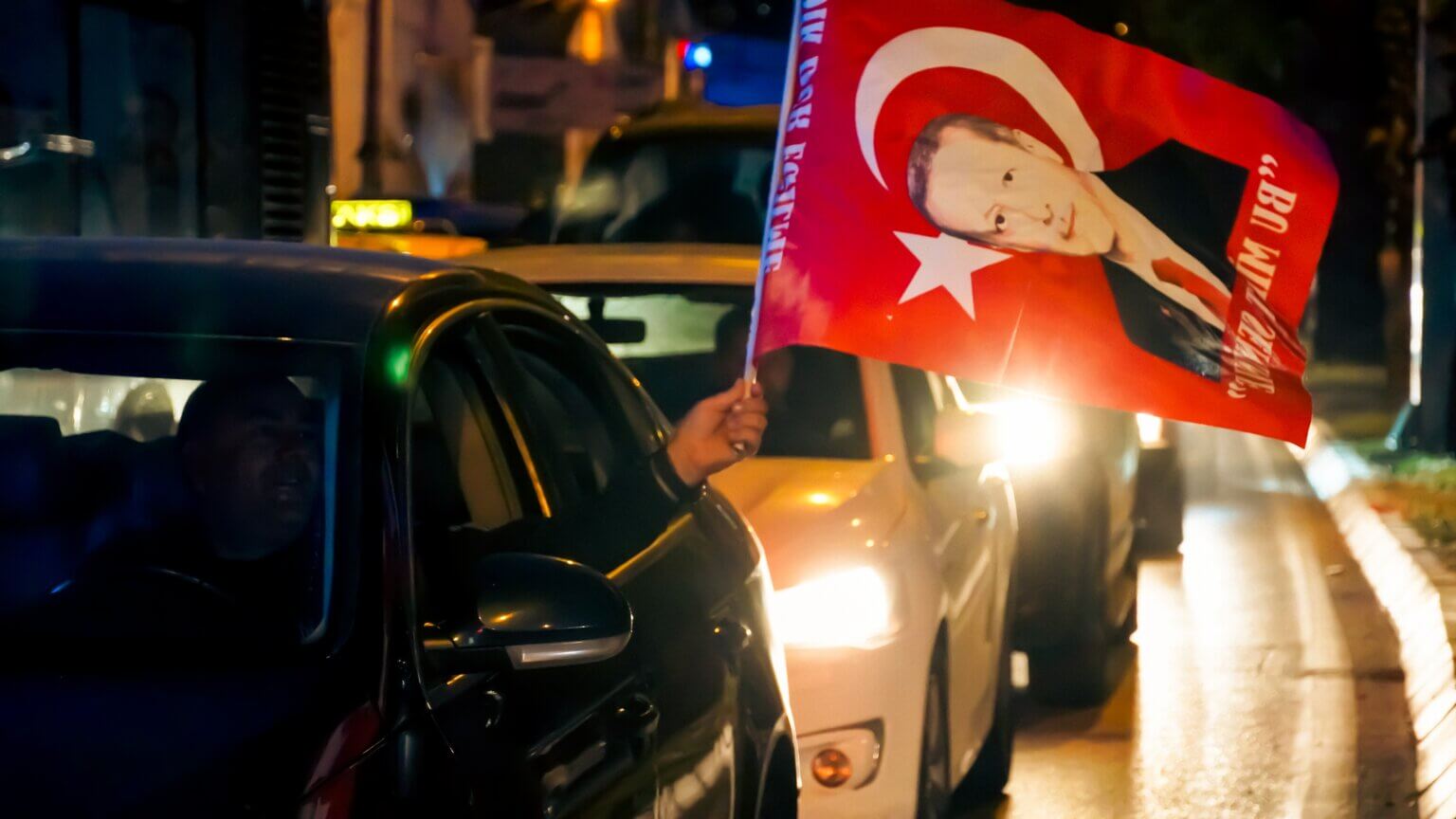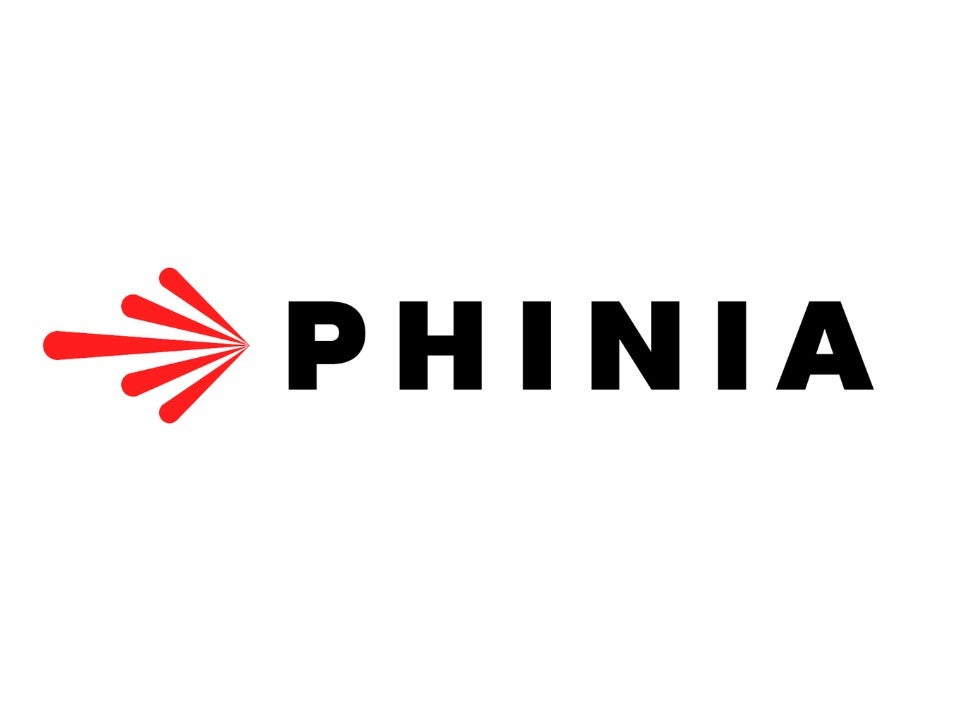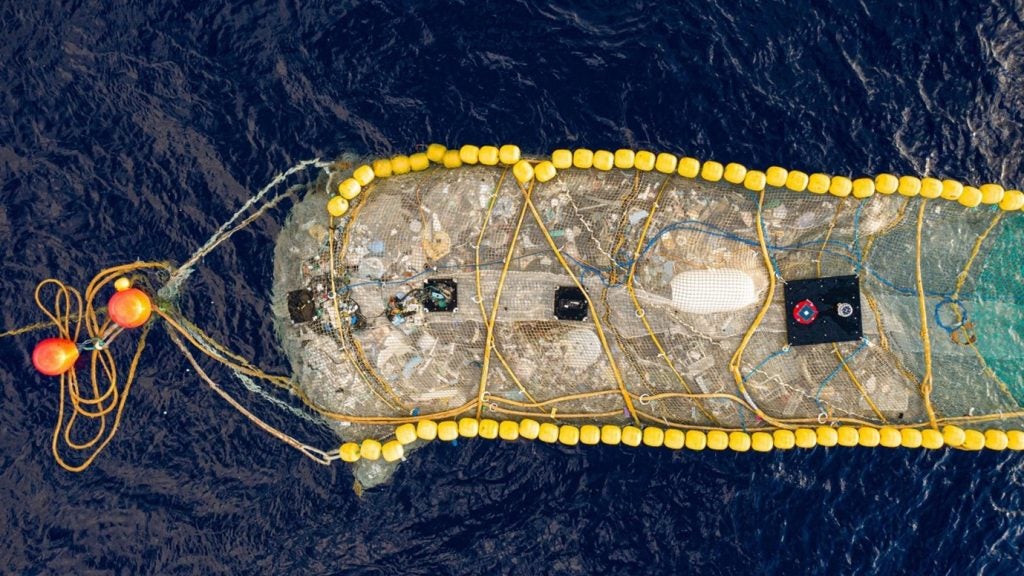
In 2022, the Turkish light vehicle (LV) market registered 783k units as OEMs struggled to fulfil backlogged orders on the back of a stringent supply situation. Coming into 2023, the market has surged. LV sales totalled 236k units in Q1 – 55.2% higher than Q1 2022 sales. This was also significantly higher than the 10-year Q1 average of 156k units. This blog will discuss the factors that are behind this growth and what the future holds.
Firstly, when comparing 2023 registration volumes to 2022, we must be aware that 2022 is a weak base of comparison as supply issues restrained the market’s potential. As a result, along with its European counterparts, Turkey’s LV market has benefited from an easing of supply constraints enabling production and delivery rates to improve. Secondly, in November 2022, the Turkish government raised the price thresholds for a special consumption tax (ÖTV) on certain vehicles. For example, the price threshold for vehicles in the 45% tax bracket was raised from 120,000 Turkish Lira (TL) to TL 184,000, with similar changes to cars in the 50%, 60% and 70% tax brackets. A consequence of this is that vehicles which fall into the lower tax bracket, are benefitting from lower prices. Consumers in Turkey have taken advantage of this price cut, contributing to the strong LV sales volumes observed in Q1.
However, while easing supply issues and reforms to the special consumption tax have helped vehicle sales, one cannot ignore the significant influence of President Erdoğan’s fiscal and monetary policies.
Firstly, in the run-up to the general election in May, the state doubled the basic pension, raised the minimum wage by 55% between January and March, and in July, a further 45% rise in public workers’ wages is expected. Furthermore, the state also supplied consumers with a month of free gasoline. This fiscal stimulus will likely raise consumers’ spending appetite, helping the LV market.
Alongside fiscal expansion, vehicle sales have swelled due to high inflationary pressures, primarily due to a substantially weak Turkish Lira. A weak currency raises the costs of imports and with Turkey having a high current account deficit this has led to a stark rise in prices for goods such as fuel and raw materials. Soaring inflation, which is running near the 40% mark, has meant that consumers look at vehicles as an investment tool to protect themselves from rising prices. Buying at a fixed price in the belief that the car will increase in value as inflation rises means consumers can maintain their purchasing power.
When inflation is so out of control, independent central banks generally raise interest rates to take the steam out of the hot economy and enable prices to grow more slowly. However, claiming that charging interest is a sin under Islamic law, President Erdoğan has forcibly cut interest rates to 8.5%, strengthening price pressures. Amid high inflation, low-interest rates mean that their real value becomes deeply negative, providing cheaper credit for consumers to then purchase new vehicles.
Overall, it is evident that President Erdoğan’s “unorthodox” macroeconomic policies have facilitated the strong sales volumes observed in the Turkish LV market. Mr Erdoğan’s re-election, however, was not well received by investors as the lira depreciated by 15%, with further drops likely. Oxford Economics (OE) forecasts that inflation will reach roughly 50% by year-end, averaging 46.5%. However, President Erdoğan seems to have shifted his policy position. He has brought back Mehmet Şimşek as finance minister – favoured by investors for his promises that Turkey will resume a more rational state of business. Days later, Hafize Erkan was appointed head of Turkey’s central bank with OE expecting the interest rate to be brought up from 8.5% to 25% in the next three months to counteract the strong price growth. However, OE also believes that this shift towards contractionary monetary policy will be partial and not permanent alongside the fact that the real interest rate will continue to remain negative.
Turkey’s PV forecast predicts a fall in the remaining months of 2023 as pre-election fiscal stimuli are reduced. There are several upside risks, however. Firstly, a hike in public sector wages in July may contribute further to higher vehicle purchases. Secondly, growing inflation may continue to make vehicles a promising investment tool and thirdly, despite interest rates rising, the real value will remain negative hence still providing cheap finance to purchase cars. Moreover, President Erdoğan is still likely to replace these contractionary policies with more growth-stimulating programmes. However, a downside risk is that if real interest rates become positive because of the recent policy shift, then as observed in previous years, this will have a significant dampening effect on the Turkish LV market.
Ramyank Chaganty, GlobalData Automotive Analyst
This article was first published on GlobalData’s dedicated research platform, the Automotive Intelligence Center





